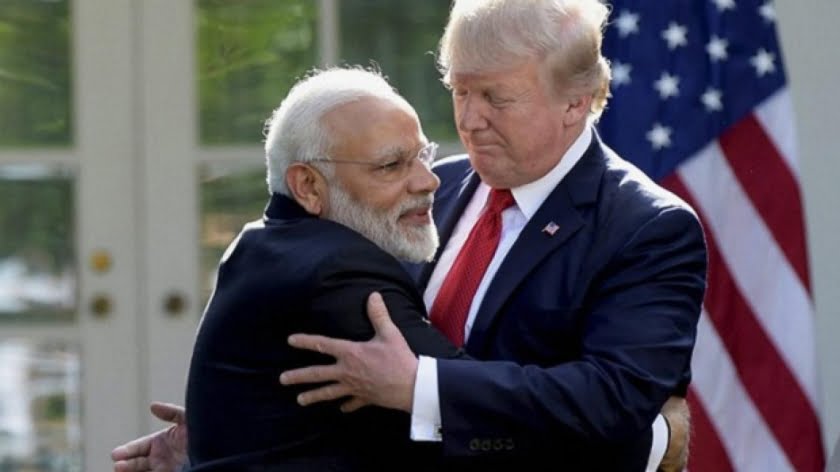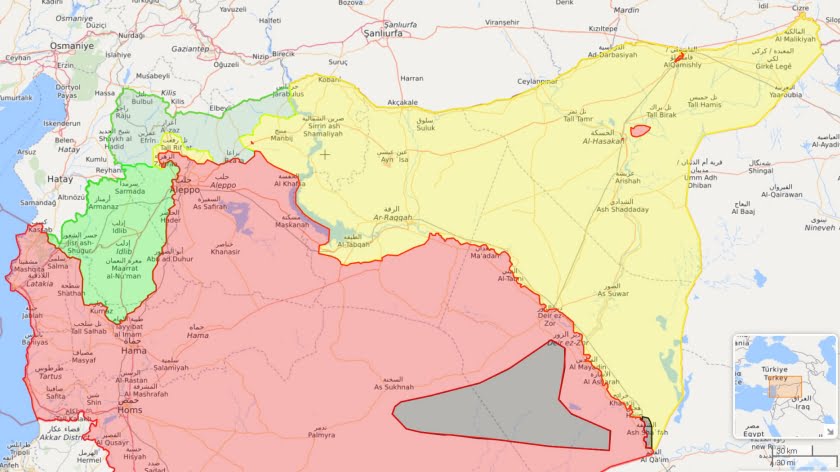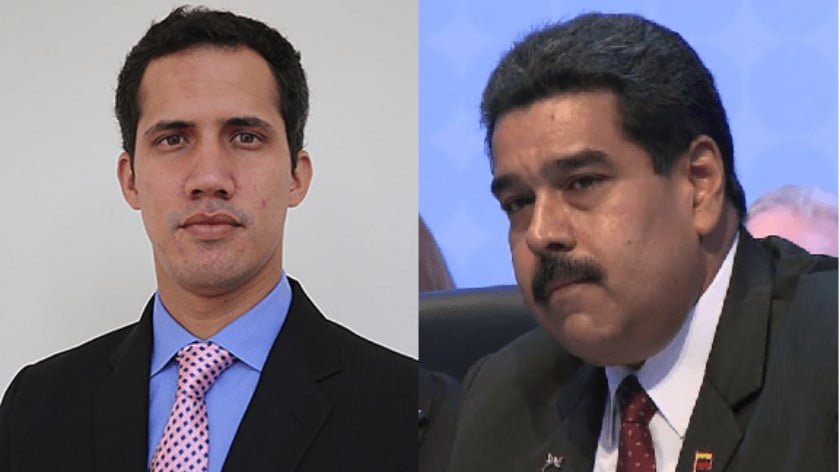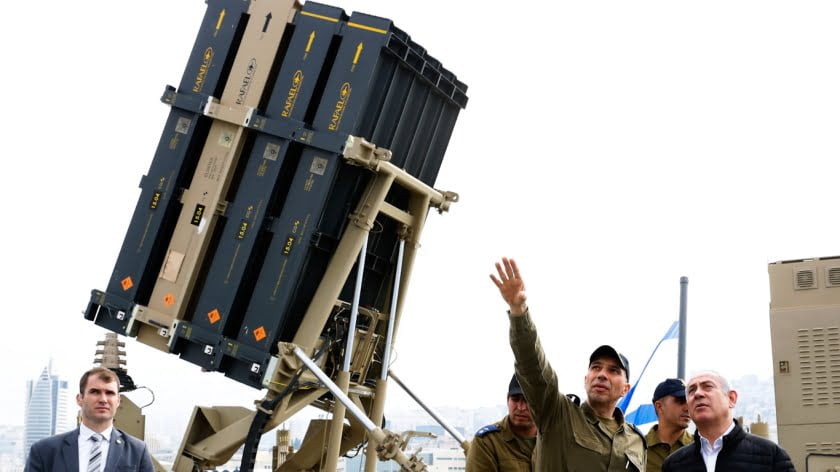Modi Is Mismanaging the Economic Dimension of India’s “Multi-Alignment” Policy
India went from being courted by all to courting everyone else after Modi mismanaged the economic dimension of India’s “multi-alignment” policy by being too “opportunistically” indecisive in clinching major trade deals when it counts, which places his country in a more obviously desperate position nowadays after the truth about its slowing economic growth finally becomes more well known and its partners therefore begin to realize that they can more easily take advantage of it by pressing better (or from New Delhi’s perspective, more lopsided) terms for an agreement.
Indian policymakers are very proud of their country’s strategy of “multi-alignment”, but they have yet to realize that Modi is mismanaging the economic dimension of it and thus placing their country in a more obviously desperate position nowadays that contradicts the entire basis of this policy. Instead of being courted by all, India is now forced to court everyone else after its leader was too “opportunistically” indecisive in clinching major trade deals when it counts with Russia’s Eurasian Union (EAU), China’s Regional Comprehensive Economic Partnership (RCEP), and the US. Modi’s trip to Vladivostok earlier this month for the Eastern Economic Forum was hugely successful from a geostrategic standpoint but failed to result in a free trade deal with the EAU, after which India proceeded to stall progress on RCEP prior to traveling to the US and also failing to reach even a limited trade agreement with Trump. The reason for this string of failures is that India wrongly believes that it can play those three against one another in order to reap better terms from each or at least even one of them, though the reverse is becoming increasingly true whereby Russia, China, and the US are more inclined to seek better (or from New Delhi’s perspective, more lopsided) terms since they understand how desperately it needs to reach a deal sometime in the coming future.
The truth about India’s slowingeconomicgrowth has finally become more well known across the world, so its three primary courters now realize why the country was so eagerly trying to reach agreements with each of them and doing its utmost to ensure that the terms were tilted in its favor. Had Russia and the US agreed to what was being offered at the time, then their economies would have been disadvantaged relative to India’s, which still imposes strong protectionist measures in order to protect Modi’s “Make in India” pet project of promoting domestic industries. China saw through the charade and that’s why it didn’t change the terms on offer for RCEP because it wants India crawling back to it and agreeing to what’s on offer if it doesn’t reach a deal with the US before then. Of course, China might take a calculated risk in proposing that some specific aspects be changed in order to accommodate Indian interests if it believes that this can succeed in wooing it away from the US’ expanding economic orbit and tying it with its own for the strategic purpose of mitigating the South Asian state’s role in America’s “Indo-Pacific” “containment” policy against the People’s Republic. With that in mind, India’s “multi-alignment” policy might possibly be revived if the US plays along, though it’s doubtful.
Trump has been adamant about getting the best deal for American workers in order to avoid the liberal-globalist pitfalls of his post-Old Cold War predecessors who sold out domestic economic interests for questionable foreign policy gain. Interestingly, Modi is somewhat the same, though his administration seems to place the foreign policy goal of “containing” China (due to Beijing’s support of the Belt & Road Initiative‘s flagship project of CPEC in the global pivot state of Pakistan) ahead of its domestic economic ones in promoting the “Make in India” program, which could lead to New Delhi “blinking” and therefore surrendering some of its core commercial interests in order to ensure that Washington continues helping it counteract Beijing in the wider region. The US can “contain” China even without India, though India cannot do the same without the US, thus leading to this strategic asymmetry potentially being exploited by the US for the aformentioned economic gains. Although unpredictable developments can always transpire, an assessment of the current situation strongly suggests that India will eventually sign a free trade deal with the US on Trump’s terms while continuing to stall RCEP and maybe agreeing to a symbolic but mostly hollow pact with Russia for optics’ sake.
By Andrew Korybko
Source: Eurasia Future







